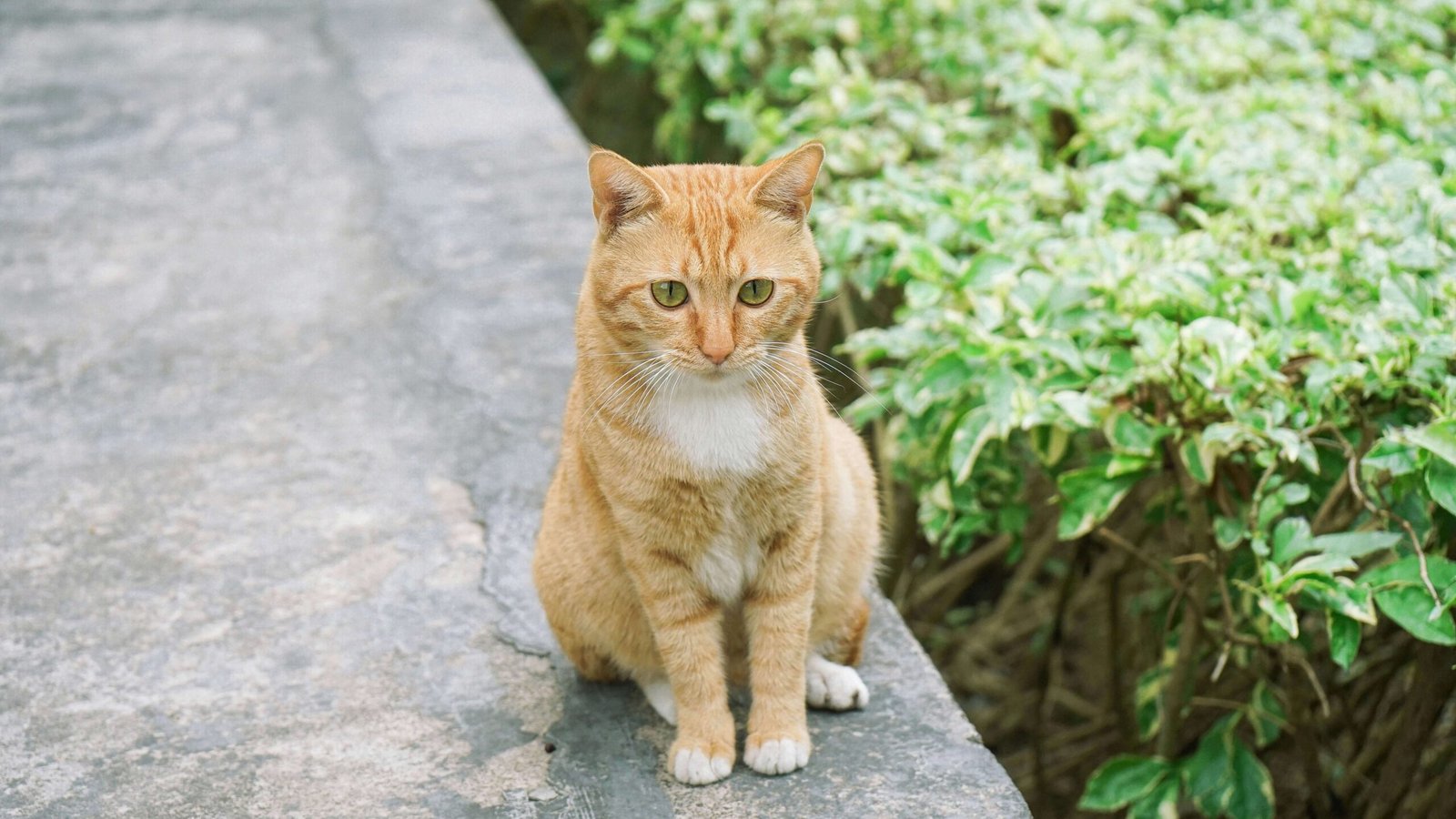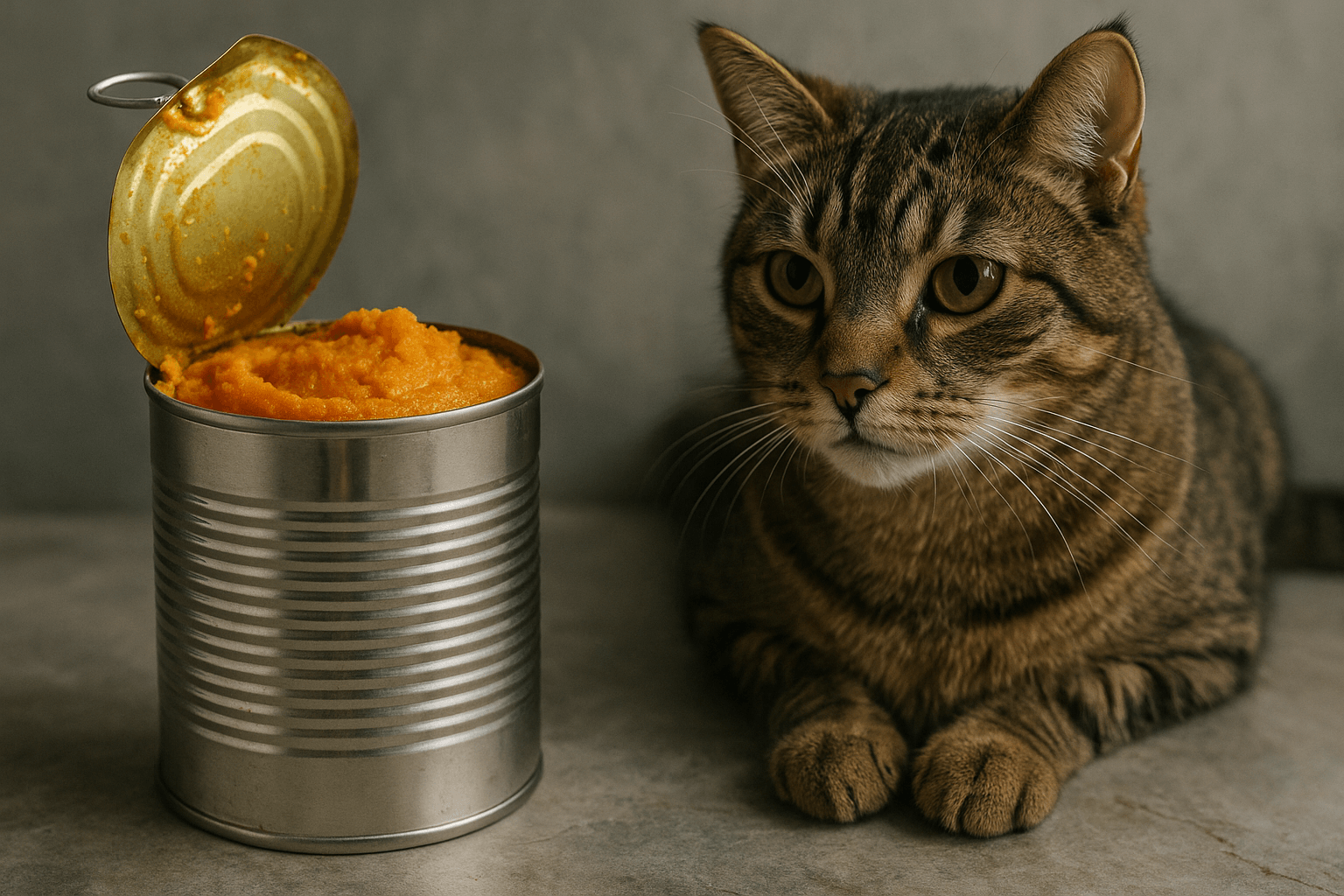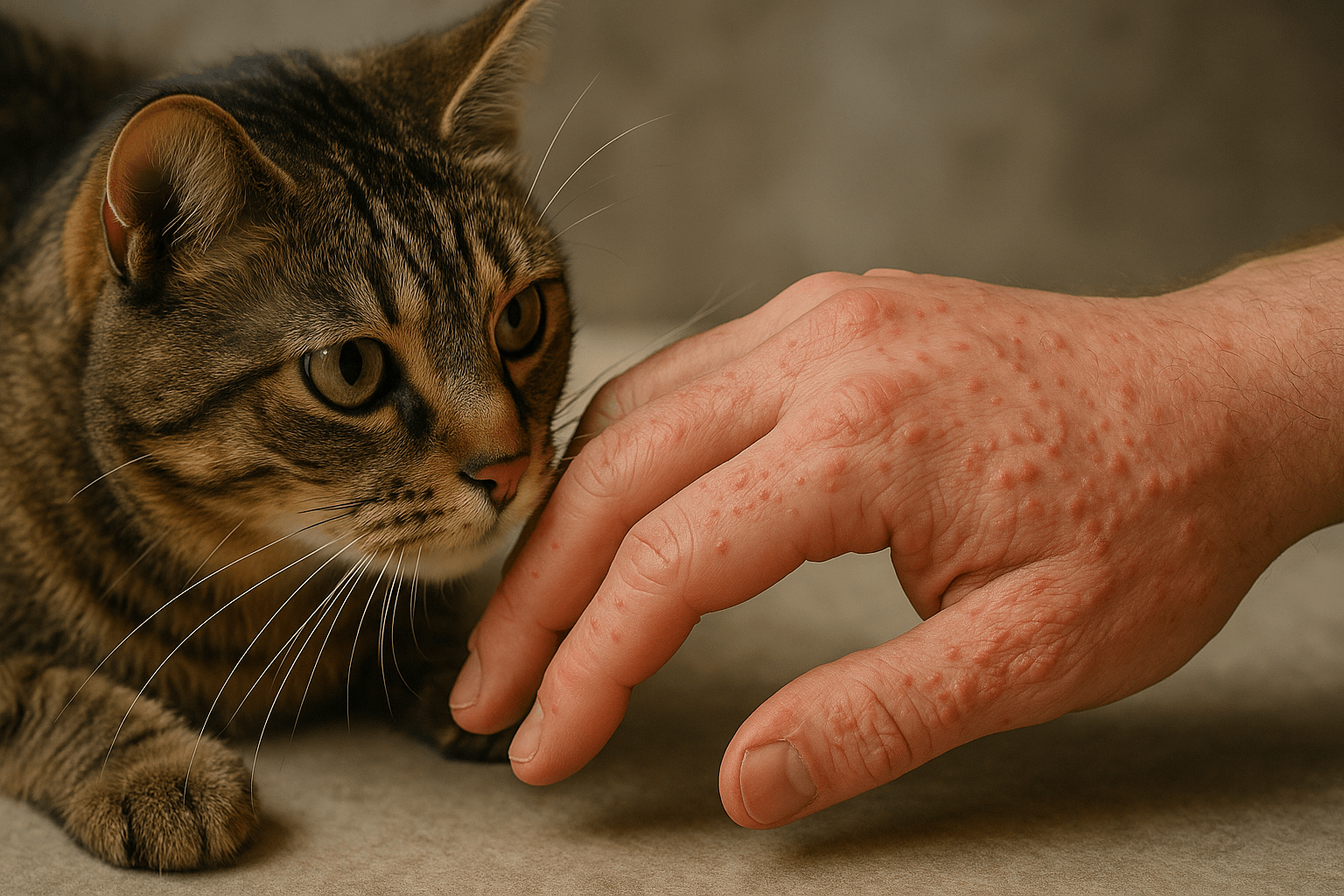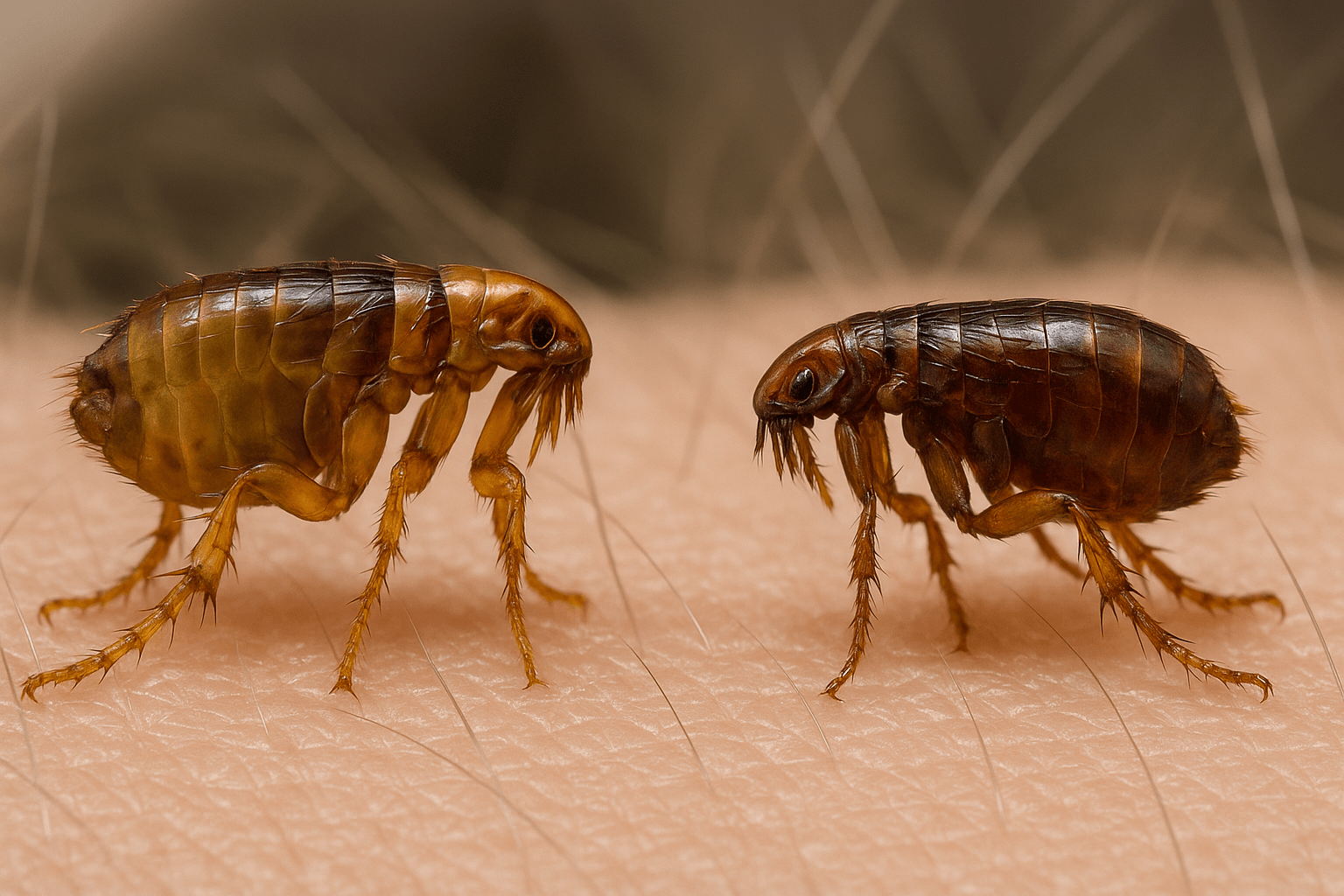Can You Spay a Pregnant Cat? Understanding the Ethical and Practical Considerations
Spaying a cat is a common and responsible decision that pet owners make to control the feline population and ensure the health of their furry companions. However, questions often arise when it comes to spaying a pregnant cat. Is it safe? Is it ethical? What are the implications for the mother and her unborn kittens? These are valid concerns that deserve careful consideration. In this blog post, we’ll explore the topic in depth, discussing the medical, ethical, and practical aspects of spaying a pregnant cat. Whether you’re a seasoned cat owner or new to pet care, this guide will provide you with the information you need to make an informed decision.
Key Considerations Before Deciding to Spay a Pregnant Cat
Before proceeding with spaying a pregnant cat, it’s essential to weigh various factors. Here’s a breakdown of the most important considerations:
Stage of Pregnancy :
The timing of the pregnancy plays a crucial role in determining whether spaying is advisable. Early-stage pregnancies may pose fewer risks, while late-stage pregnancies can complicate the procedure.Health of the Mother :
If the pregnant cat is in poor health or faces complications during pregnancy, spaying might be recommended to protect her well-being.Shelter and Resource Constraints :
In overcrowded shelters, spaying a pregnant cat may be necessary to manage limited resources and prevent further overpopulation.Ethical Dilemmas :
Deciding to spay a pregnant cat involves ethical considerations, as it results in the termination of potential life. This decision should be made thoughtfully.Veterinarian’s Expertise :
The skill and experience of the veterinarian performing the procedure are critical in ensuring the safety of the mother.
Each of these factors requires careful evaluation. Ultimately, the decision should prioritize the health and welfare of the mother while considering broader implications.
Benefits of Spaying a Pregnant Cat
While spaying a pregnant cat is a sensitive topic, it does come with certain advantages, particularly in specific contexts. Here’s an overview of the benefits:
Population Control :
Spaying helps prevent the birth of unwanted kittens, addressing the issue of overpopulation and reducing the strain on animal shelters.Health Benefits for the Mother :
Spaying eliminates the risk of future pregnancies and reduces the likelihood of reproductive diseases, such as uterine infections or ovarian cysts.Resource Management :
By preventing the birth of additional kittens, resources like food, shelter, and medical care can be allocated more effectively.Reduced Stress on the Mother :
Pregnancy and childbirth can be physically demanding for a cat. Spaying can spare her from the challenges of raising a litter.Prevention of Abandonment :
Unwanted litters often end up abandoned or surrendered to shelters, where they may face uncertain futures.
These benefits highlight the positive outcomes of spaying a pregnant cat, especially in situations where the welfare of the mother and broader community is at stake.
Check this guide 👉Understanding the Cost of Spaying Your Cat: Best 7 Tips!
Check this guide 👉Normal Cat Nipples vs Pregnant Cat Nipples: Best 7 Tips!
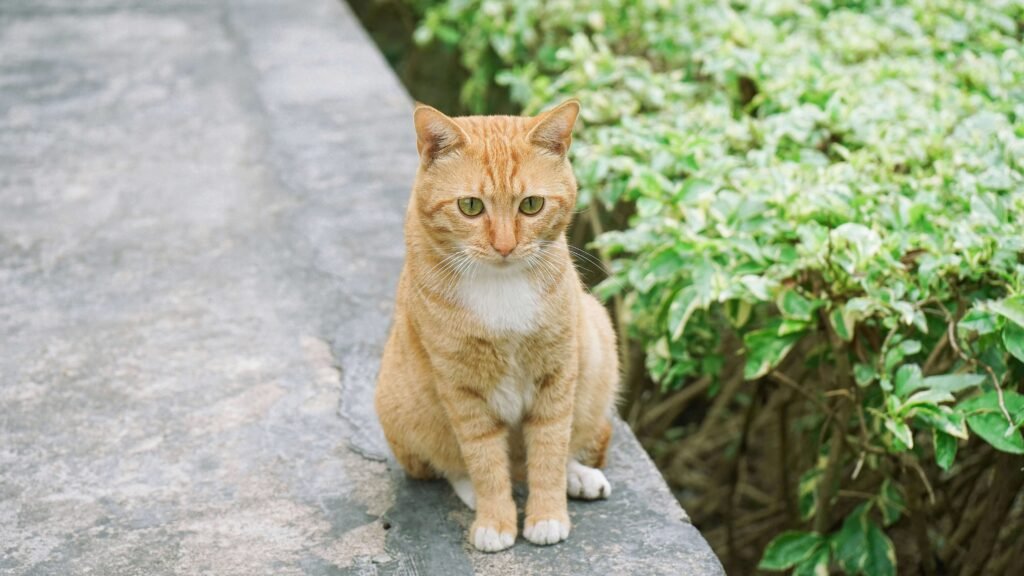
Factors to Consider | Why It Matters |
|---|---|
Stage of Pregnancy | Early stages are safer for spaying; late stages carry higher risks. |
Health of the Mother | A sick or weak mother may not survive pregnancy or birth. |
Shelter Overcrowding | Preventing births helps manage limited shelter space. |
Ethical Implications | The decision impacts the lives of unborn kittens. |
Veterinarian’s Expertise | A skilled vet ensures the procedure is performed safely. |
Risks Associated with Spaying a Pregnant Cat
While spaying offers several benefits, it’s equally important to understand the potential risks involved. Below is a list of possible complications:
Surgical Complexity :
Spaying a pregnant cat is more intricate than spaying a non-pregnant one due to the enlarged uterus and increased blood supply.Anesthesia Risks :
Pregnant cats may react differently to anesthesia, which could lead to complications during the procedure.Emotional Impact :
Some pet owners may feel guilt or emotional distress about terminating a pregnancy, even if it’s for practical reasons.Post-Surgery Recovery :
Pregnant cats may take longer to recover from surgery due to hormonal changes and physical demands.Moral Responsibility :
Deciding to spay a pregnant cat can raise questions about moral responsibility toward the unborn kittens.
Understanding these risks is crucial for making an informed decision. Always consult with a trusted veterinarian to assess the situation thoroughly.
Alternatives to Spaying a Pregnant Cat
If you’re hesitant about spaying a pregnant cat, there are alternative approaches to consider. Here are some options:
Allowing the Pregnancy to Proceed :
If the mother is healthy and resources are available, allowing her to give birth and raise her kittens may be a viable option.Rehoming the Kittens :
Once the kittens are born, they can be rehomed to loving families, reducing the burden on shelters.Temporary Foster Care :
Fostering the mother and her kittens until they’re ready for adoption can be a compassionate solution.Adopting Out the Mother :
In some cases, finding a permanent home for the mother after the kittens are weaned may be feasible.Consulting with Experts :
Seeking advice from veterinarians or animal welfare organizations can provide guidance tailored to your situation.
Each alternative has its own set of challenges and rewards. Carefully evaluate the options to determine the best course of action for your cat.
Emotional and Ethical Considerations
Deciding to spay a pregnant cat is not just a medical or practical matter—it also involves emotional and ethical dimensions. For many pet owners, this decision can evoke strong feelings of guilt, responsibility, or moral conflict. Below are some key points to reflect on:
Empathy Toward the Kittens :
The thought of terminating potential life can weigh heavily on pet owners who feel a sense of responsibility toward the unborn kittens.Long-Term Welfare of the Mother :
Focusing on the mother’s health and quality of life can help guide the decision-making process, especially if pregnancy poses risks to her well-being.Overpopulation Concerns :
While it may feel difficult to end a pregnancy, the reality of overpopulation in shelters often necessitates tough choices to prevent future suffering.Personal Values and Beliefs :
Every individual has unique values that influence their perspective on this issue, and there’s no one-size-fits-all answer.Seeking Support :
Talking to veterinarians, animal welfare organizations, or trusted friends can provide emotional clarity during this challenging time.
Ultimately, acknowledging both the emotional and ethical aspects can help you approach the decision with greater understanding and compassion.
Practical Steps After Deciding to Spay
Once you’ve made the decision to spay a pregnant cat, it’s important to take practical steps to ensure the procedure goes smoothly and the recovery process is successful. Here’s what you need to know:
Schedule the Procedure Promptly :
Timing is critical, especially if the pregnancy is still in its early stages, to minimize risks during surgery.Prepare for Post-Surgery Care :
Stock up on essentials like a comfortable recovery space, soft bedding, and any medications prescribed by the vet.Monitor Recovery Closely :
Keep an eye on your cat’s behavior and incision site to ensure proper healing and address any complications quickly.Limit Physical Activity :
Restrict jumping, running, or rough play during the recovery period to prevent strain on the surgical site.Follow Up with the Veterinarian :
A post-surgery check-up is essential to confirm that your cat is healing as expected and to address any concerns.
Taking these steps can help ensure a smooth recovery and give you peace of mind during this sensitive time.
Tips for Supporting a Pregnant Cat
If you decide against spaying and choose to support your cat through her pregnancy, there are several ways to ensure she remains healthy and comfortable. Here are some helpful tips:
Provide Nutritious Food :
Pregnant cats require a high-calorie, nutrient-rich diet to support the growth of their kittens and maintain their own health.Create a Comfortable Nesting Area :
Set up a quiet, cozy space where your cat can give birth and care for her kittens without disturbances.Schedule Regular Vet Check-Ups :
Regular veterinary visits can help monitor the progress of the pregnancy and address any health concerns early.Minimize Stress :
Avoid introducing new pets, loud noises, or significant changes to her environment during pregnancy.Educate Yourself on Kitten Care :
Learn about the birthing process, nursing, and caring for newborn kittens to be prepared for every stage.
By taking these proactive measures, you can help your pregnant cat have a safe and healthy experience while preparing for the arrival of her kittens.
Frequently Asked Questions About Spaying a Pregnant Cat
Is it safe to spay a pregnant cat?
Yes, but the safety depends on the stage of pregnancy and the cat’s overall health. Consult your veterinarian for personalized advice.
Does spaying a pregnant cat harm her?
When performed by a skilled veterinarian, spaying is generally safe. However, late-stage pregnancies carry higher risks.
What happens to the unborn kittens during the procedure?
The unborn kittens are removed along with the uterus during the spaying process.
Can I wait until after the kittens are born to spay the mother?
Yes, waiting until after the kittens are weaned is an option, provided you have the resources to care for them.
Are there any long-term effects on the mother?
Spaying has long-term health benefits, including reduced risks of reproductive cancers and infections.
Making the Right Choice for Your Pregnant Cat
Deciding whether to spay a pregnant cat is a complex and emotionally charged decision. It requires balancing the health and well-being of the mother with ethical considerations and practical constraints. By understanding the risks, benefits, and alternatives, you can make a choice that aligns with your values and circumstances. Remember, consulting with a trusted veterinarian is invaluable in navigating this challenging situation. Ultimately, the goal is to ensure the best possible outcome for your cat and contribute to a healthier, more sustainable future for all animals.
Canned Pumpkin for Cat Diarrhea: Best 7 Expert Tips! Natural remedy to firm stools, soothe upset bellies, and support gut health safely.
Can a Cat Give You Scabies? Best 7 Expert Tips! Discover the truth about feline mites, human skin risks, and how to protect yourself—without panic.
Cat Flea vs Human Flea: Best 7 Expert Tips! Discover the truth about bites, species, and how to eliminate infestations for good.
Weird Cat Behaviors: Best 7 Expert Tips! Discover why cats do strange things—and how to understand, not punish, their instincts for a happier home.

